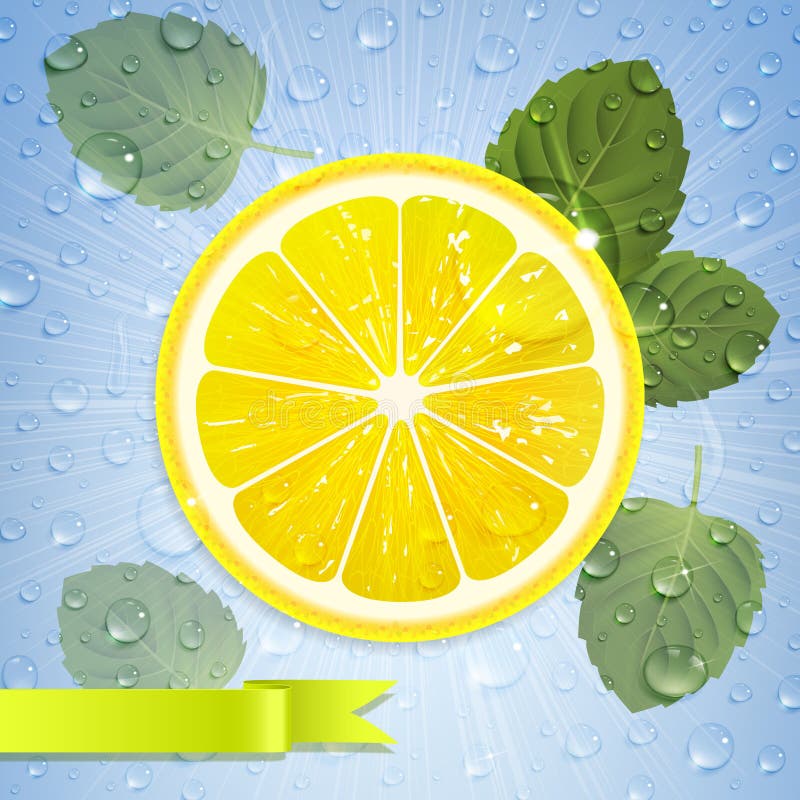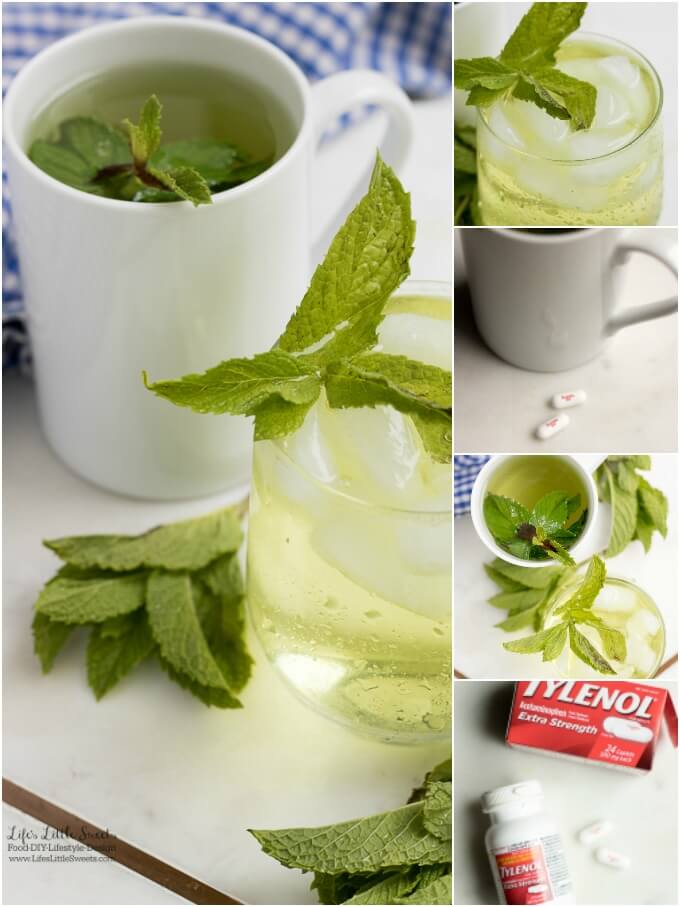
Pour some of the freshly boiled hot water into a teapot and swirl the water around.
Boiling mint leaves in water full#
I set the water to 208☏, which is a bit under a full boil. I like to boil water using an electric kettle with a temperature setting. SHOP NOW Step-by-Step Brewing Instructionsįor full ingredients and instructions, scroll down to see the recipe. The better the water tastes, the better the tea tastes. Instead of using tap water, go for filtered water. Loose tea and tea sachets contain better quality tea than tea bags. If you’re prone to heartburn or have gastroesophageal reflux disease (GERD), avoid drinking peppermint tea. This might allow stomach acids to move back up your throat, resulting in heartburn. Peppermint can relax the bottom of the esophagus, which is connected to the stomach. HeartburnĪlthough the muscle-relaxing effect of peppermint can be helpful, it’s not for everyone. If you’re new to peppermint and have a history of food allergies, talk to your doctor before drinking peppermint tea. These herbs are part of the same family as peppermint. You might be more likely to have a peppermint allergy if you’re allergic to rosemary, basil, oregano, or thyme. Peppermint allergies are uncommon, but there are several case reports of allergic reactions to peppermint products. It’s also one of the best herbal teas for bedtime. So, it’s safe for people who are sensitive to caffeine.
Boiling mint leaves in water free#
Peppermint tea is naturally free of caffeine. The smell is also invigorating and refreshing, which may help a headache.

This is due to the relaxing and pain-relieving effects of the plant. Peppermint is a popular natural remedy for headaches. It works by thinning mucus and reduces swelling in nasal passages. The leaves contain a compound called methanol, which has decongestant properties. Relieves CongestionĪnother benefit of drinking peppermint tea involves congestion. They work by fighting free radicals, or harmful molecules that can cause cellular damage.


Peppermint leaves are rich in antioxidants called polyphenols.Īntioxidants are beneficial compounds that reduce oxidative stress. The menthol in peppermint can relax muscle spasms, ultimately reducing painful menstrual cramps.Īlso, if you experience gastrointestinal issues before or during your period, the digestive benefits of peppermint tea will lend a hand. Peppermint tea is an excellent tea for people who menstruate. Menthol has pain-relieving and antispasmodic properties, meaning it can reduce muscle spasms that cause stomach cramps. This peppermint tea benefit is due to the menthol in the plant. Peppermint is also helpful for managing symptoms of irritable bowel syndrome (IBS), a common gastrointestinal disorder. Peppermint leaves can soothe gastrointestinal symptoms like nausea, stomach cramps, diarrhea, gas, and indigestion. The next time you have an upset stomach, sip on peppermint tea. RELATED: Iced Green Tea with Fresh Mint 6 Health Benefits of Peppermint Tea 1.

Peppermint tea is an herbal tea (also called an infusion or tisane) made by steeping peppermint leaves in water.


 0 kommentar(er)
0 kommentar(er)
